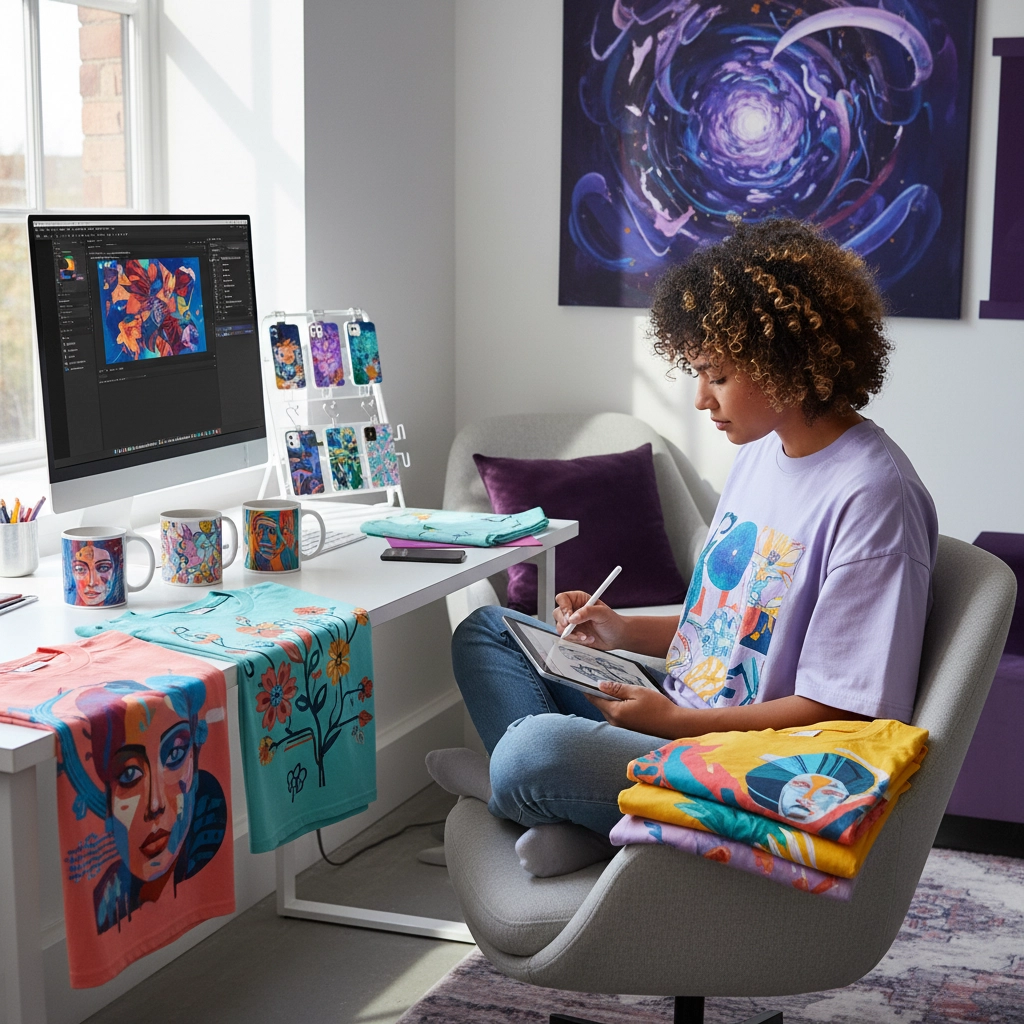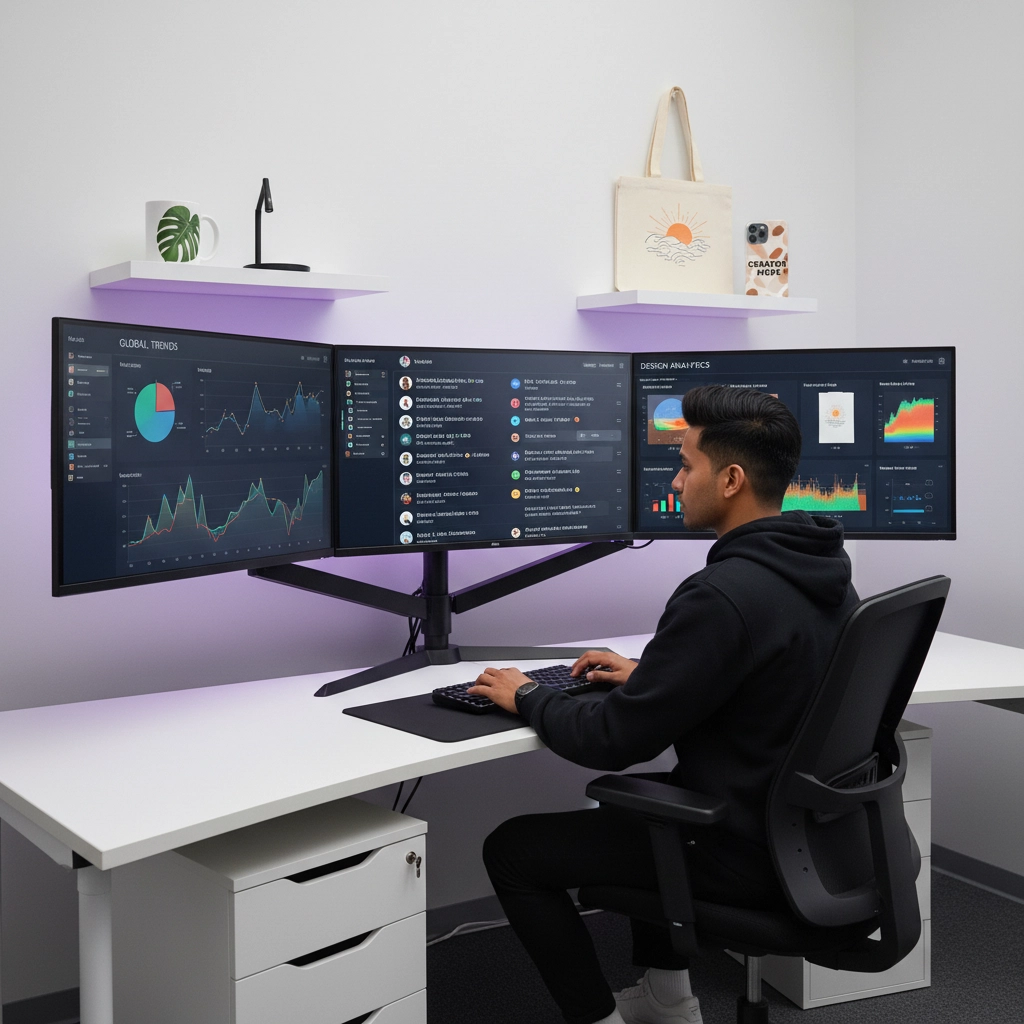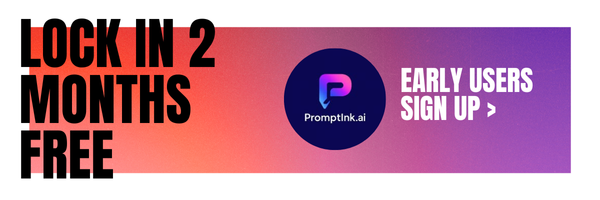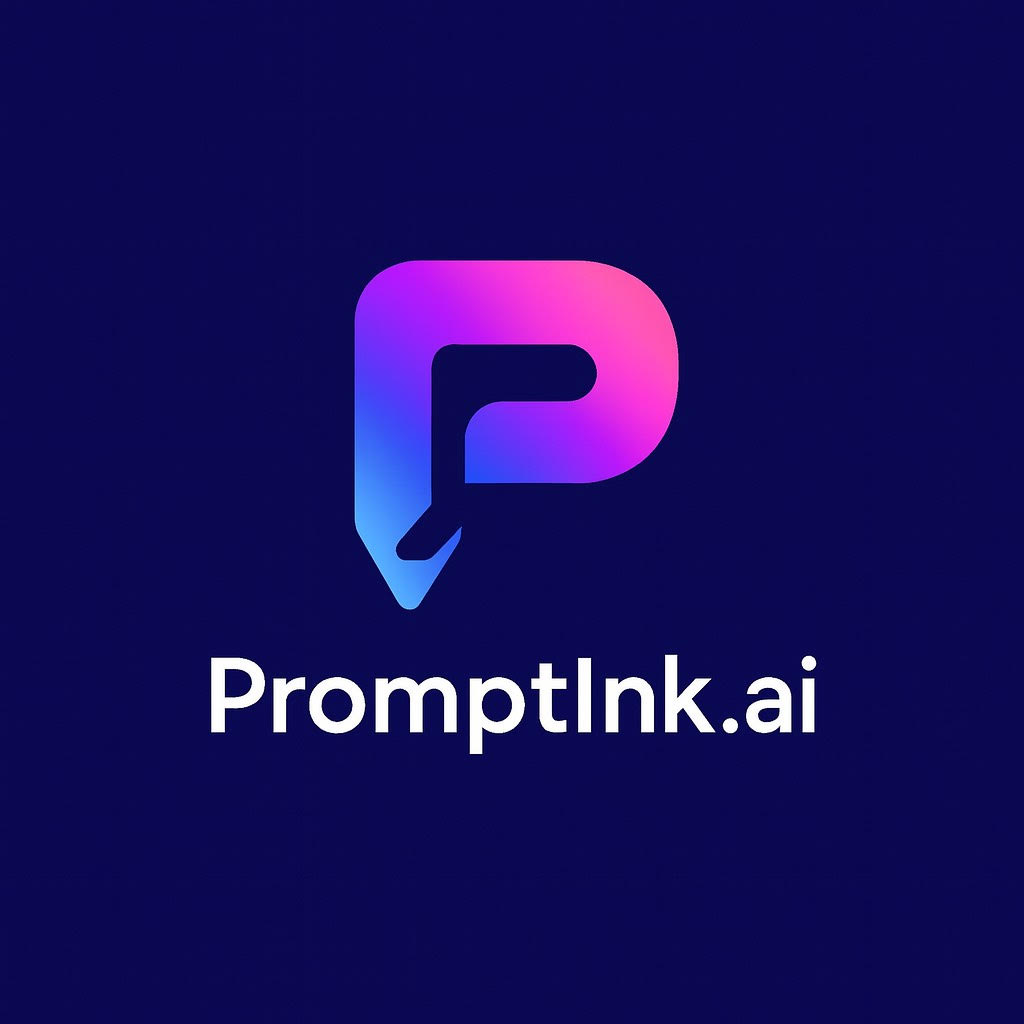Your Shopify POD store has everything set up perfectly: payment processing, shipping integrations, social media accounts ready to go. But somehow, those crickets keep chirping where your sales notifications should be singing. Here’s the brutal truth: your designs might be sabotaging your success before customers even click “Add to Cart.”
The good news? Every single one of these profit-killing mistakes is 100% fixable, and AI is about to become your secret weapon. Let’s dive into the seven design disasters that are costing you money right now: and discover how smart POD sellers are using AI to turn these problems into profit opportunities.
Mistake #1: Creating Blurry, Low-Resolution Disasters
Picture this: A customer lands on your product page, sees a pixelated mess where your design should be, and immediately questions whether you’re even a real business. Low-quality images don’t just hurt sales: they destroy trust before it’s even built.
Your designs are fighting an uphill battle when they’re compressed, blurry, or look like they were created in Microsoft Paint circa 2003. Customers associate image quality with product quality, and first impressions happen in milliseconds.
The AI Fix: Modern AI upscaling tools can transform your low-res designs into crisp, print-ready masterpieces. These smart systems analyze your image’s structure and intelligently add detail, turning a 300px disaster into a stunning 3000px design that looks professional across every device and print medium.

Mistake #2: Generic Designs That Scream “Template City”
Walk into any POD Facebook group, and you’ll see the same tired designs recycled endlessly. “Coffee and Sarcasm,” “Mama Bear,” “Dog Mom”: sound familiar? These oversaturated designs are competing with thousands of identical variations, making your store invisible in the noise.
Generic designs don’t just fail to stand out: they actively signal to customers that you’re not offering anything special. Why should they buy from you when identical designs are available cheaper elsewhere?
The AI Fix: AI design assistants can analyze trending themes and generate unique variations that capture popular concepts while maintaining originality. Instead of copying “Dog Mom,” AI might suggest “Pawrent of Chaos” or “Fur Baby’s Personal Assistant”: fresh takes that feel familiar yet distinctly yours.
Mistake #3: Ignoring Your Actual Customers
Here’s a painful reality check: You’re designing for yourself, not your customers. Maybe you love minimalist black-and-white aesthetics, but your target audience is screaming for bright, bold, maximalist designs. This disconnect kills conversions faster than a broken checkout page.
Most POD sellers create designs based on personal preferences or gut feelings instead of data-driven insights about what their audience actually wants. It’s like shooting arrows in the dark and wondering why you keep missing the target.
The AI Fix: AI analytics tools can process thousands of social media posts, search trends, and purchase behaviors to reveal exactly what design elements resonate with your specific audience. These insights go deeper than “they like blue”: they reveal the emotional triggers, cultural references, and visual styles that drive purchasing decisions.

Mistake #4: Missing the Trend Train (Again and Again)
Remember when everyone was obsessed with houseplants during lockdown? Or when cottagecore exploded across TikTok? By the time you manually identify these trends and create designs, the moment has passed. You’re always playing catch-up while smart sellers are already cashing in.
Trend-chasing feels impossible when you’re doing it manually. By the time a trend reaches your radar, it’s often oversaturated or already declining. You need to spot trends in their infancy, not their funeral.
The AI Fix: AI trend monitoring systems scan social platforms, search data, and cultural signals 24/7, identifying emerging trends weeks before they hit mainstream awareness. Imagine getting alerts about “Dark Academia Pet Accessories” or “Minimalist Witchcraft” while these niches are still wide open.
Mistake #5: One-Size-Fits-All Product Strategy
You’re treating every product like a t-shirt. That intricate mandala design might look stunning on a throw pillow but becomes an unreadable blob on a coffee mug. Different products require different design approaches, but most sellers just slap the same design everywhere and wonder why some products never sell.
This mistake isn’t just about aesthetics: it’s about understanding how customers interact with different products. A phone case design needs to work around camera cutouts, while a tote bag design should consider handle placement and carrying positions.
The AI Fix: AI design optimization can automatically adjust your designs for different products, considering size constraints, viewing angles, and usage patterns. One core design becomes dozens of perfectly optimized variations, each tailored for its specific product application.

Mistake #6: Pricing Based on Wishes, Not Data
You’re either leaving money on the table or pricing yourself out of sales. Most POD sellers set prices based on arbitrary markup formulas or competitor copying, completely missing the psychological pricing sweet spots that drive maximum profit.
Pricing isn’t just math: it’s psychology. The difference between $19.99 and $22.99 isn’t just three dollars; it’s the difference between impulse purchase territory and “let me think about it” hesitation.
The AI Fix: AI pricing optimization analyzes competitor data, demand signals, and psychological pricing principles to suggest optimal price points for each design and product combination. These systems can even recommend when to test higher prices based on design uniqueness and trend momentum.
Mistake #7: Set-It-and-Forget-It Mentality
Your designs are launched and then abandoned. No A/B testing, no performance analysis, no optimization. You’re flying blind while successful sellers are constantly tweaking, testing, and improving their designs based on real performance data.
This passive approach means you never learn what actually works. A simple color change might double your conversion rate, but you’ll never discover it without systematic testing.
The AI Fix: AI testing platforms can automatically run design experiments, testing different colors, layouts, and variations to identify top performers. These systems learn from every interaction, continuously optimizing your designs for maximum profitability.
Your POD Transformation Starts Now
Here’s what sets successful POD entrepreneurs apart: they treat their business like a data-driven operation, not a hobby. They use technology to solve problems, optimize performance, and scale efficiently.
The POD market is expected to hit $7.49 billion by 2025, but that growth won’t be evenly distributed. The winners will be sellers who embrace AI-powered optimization while others cling to manual, outdated methods.
Think of AI as your unfair advantage: your tireless design assistant that never sleeps, never gets creative block, and never misses a trend. While your competitors are still manually hunting for design inspiration, you’ll be ahead of the curve with AI-generated insights and optimizations.

Ready to transform your POD business? The technology exists today to solve every design mistake we’ve covered. The question isn’t whether AI can revolutionize your POD success: it’s whether you’ll embrace it before your competition does.

Your profitable POD future is waiting. Join the PromptInk AI waitlist and discover how thousands of sellers will be using AI to dominate their niches, optimize their designs, and scale their businesses faster than ever before.
The opportunity window is open right now. Step through it.


Leave a Reply